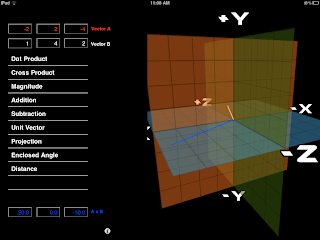Widely celebrated as one of the world’s leading sculpture parks, Storm King Art Center has welcomed visitors from across the globe for fifty years. It is located only one hour north of New York City, in the lower Hudson Valley, where its pristine 500-acre landscape of fields, hills, and woodlands provides the setting for a collection of more than 100 carefully sited sculptures created by some of the most acclaimed artists of our time.
In late September, students in Class VIII Art visited the Center, iPads in hand, to sketch some of the installation pieces.
Here are some examples of the student's work.
-----------------------------------------------------------------------







